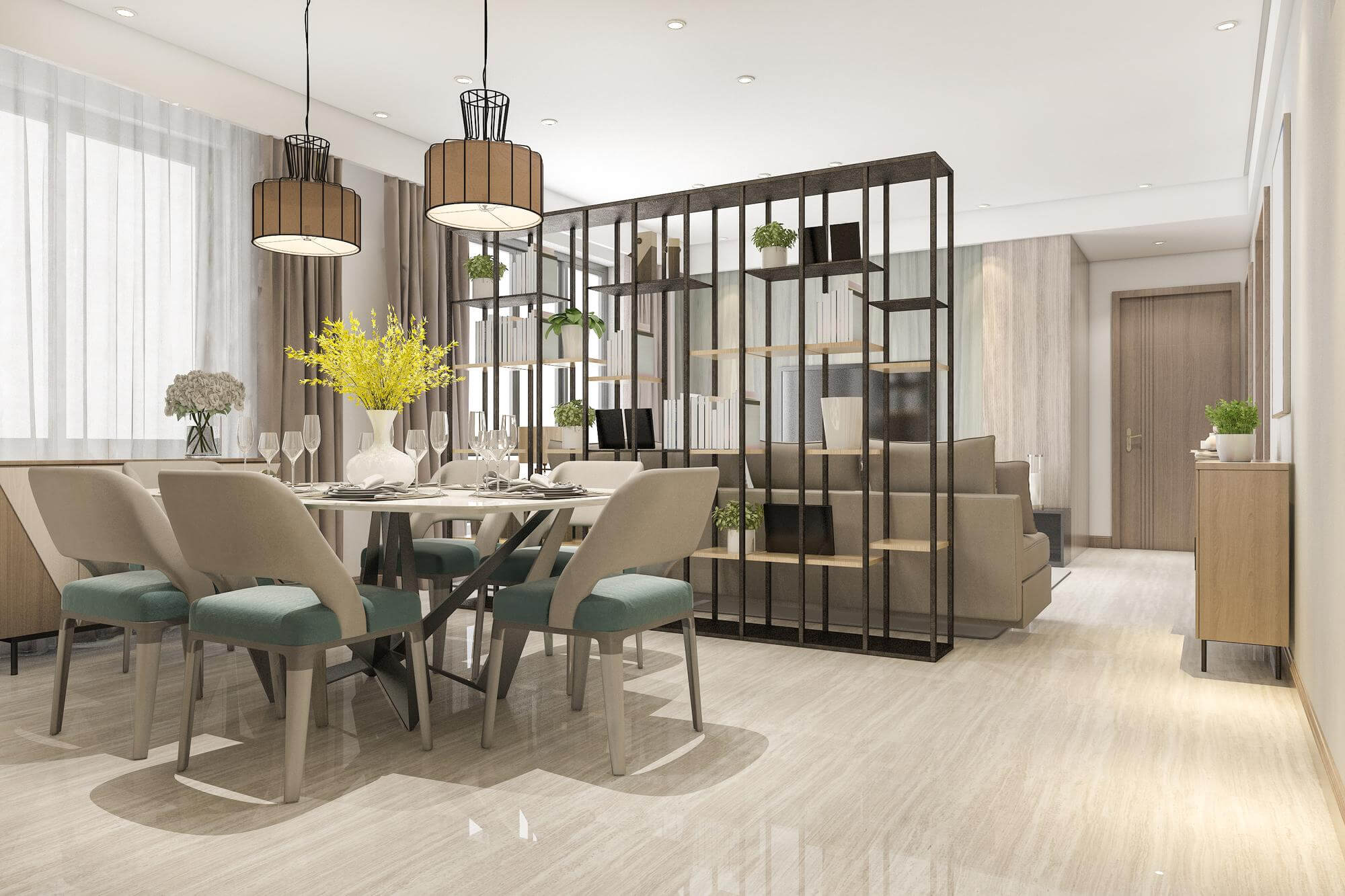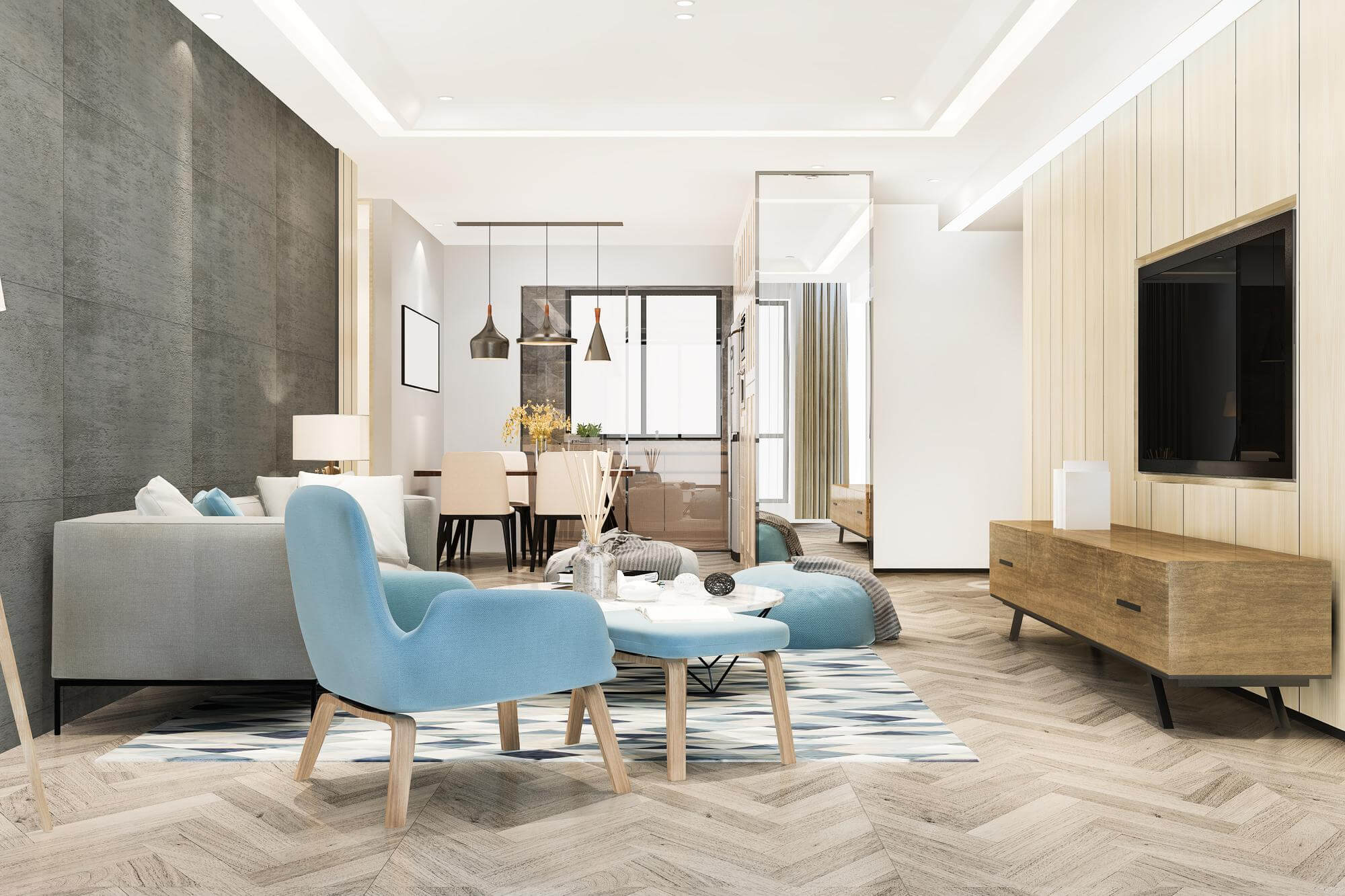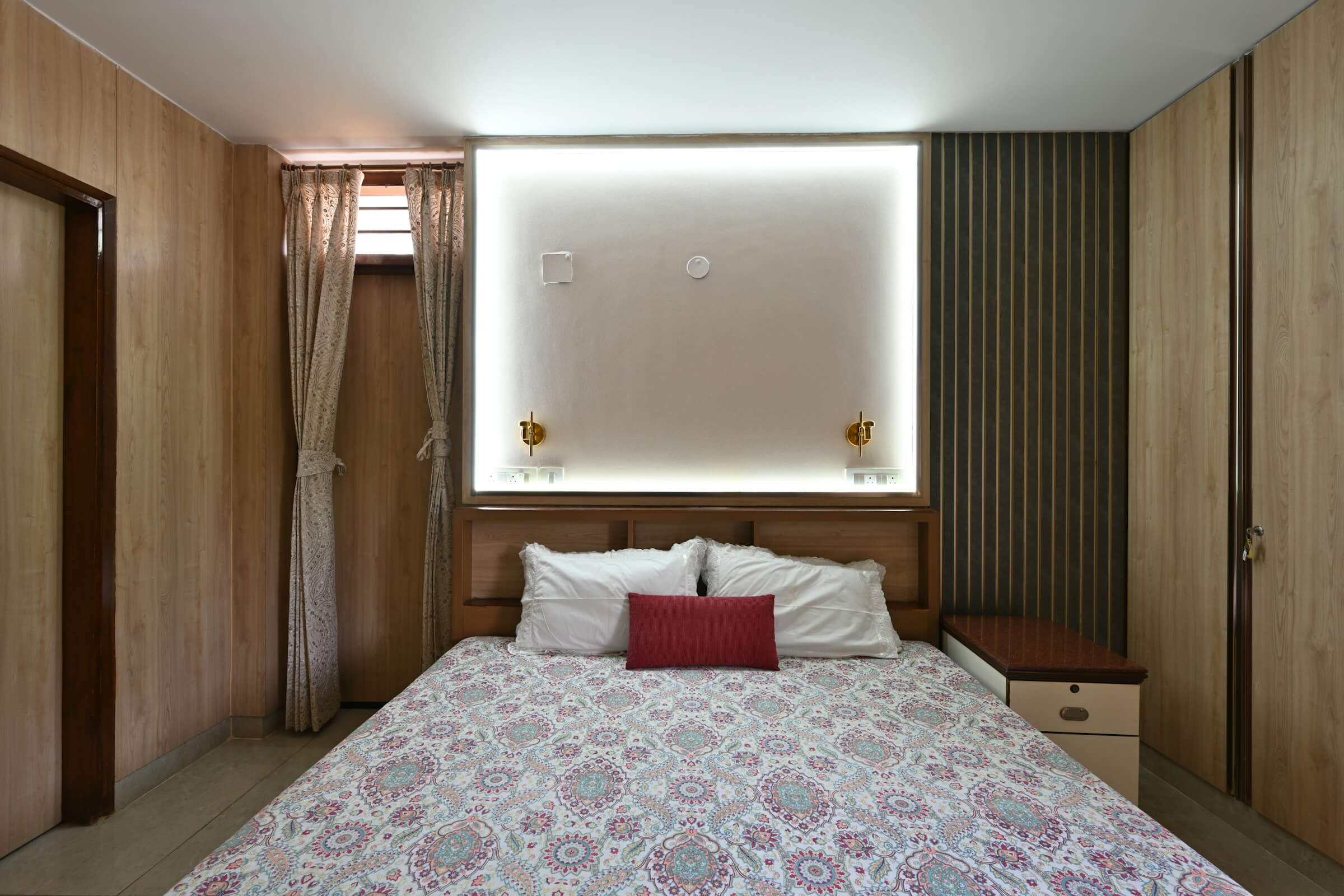In 2025, co-living spaces emerge as a transformative trend in real estate communities, offering a fresh alternative to traditional housing. Designed to foster collaboration, affordability, and shared experiences, these modern living trends attract young professionals, remote workers, and investors alike. At Time2Rent (T2R), we explore the rise of co-living spaces and how they reshape the future of real estate worldwide.
Why Shared living Spaces Thrive in Real Estate Communities
Shared living spaces combine private bedrooms or small apartments with shared amenities like kitchens, lounges, and workspaces. This model appeals to individuals seeking affordable housing while enjoying community, making co-living spaces a standout feature in real estate communities. The flexibility and social connections drive their growing popularity.
How Shared living Benefits Enhance Modern Living Trends
Shared living reduces living costs by sharing utilities and maintenance, appealing to millennials and Gen Z who prioritize experiences over ownership. Shared spaces foster networking and support, creating vibrant real estate communities that boost mental well-being and combat isolation, especially for newcomers.
What Drives Market Demand for Combined Spaces
The demand for Shared living spaces surges, fueled by urbanization and the gig economy. Investors recognize this potential, converting old buildings or constructing new complexes tailored to the trend. This shift presents lucrative opportunities within real estate communities, promising steady returns as the market expands.
How Design and Amenities Shape Shared accommodation Spaces
Modern co-living spaces feature open-plan designs, high-speed Wi-Fi, and co-working areas to meet remote workers’ needs. Eco-friendly elements like solar power and recycling programs also integrate, aligning with sustainable preferences and enhancing the appeal of these real estate communities.
How Developers Overcome Challenges in Co-Living Spaces
Privacy concerns, space management, and regulatory hurdles can complicate co-living projects. Successful developers address these by offering soundproof rooms, clear community guidelines, and partnerships with local authorities, ensuring a balance between shared living and individual comfort.
How Co-Living Spaces Lead Future Real Estate Communities
Looking ahead, co-living spaces evolve with smart technology, such as app-based access and energy monitoring, and cater to niche groups like retirees or families. This adaptability positions Shared accommodation spaces as a long-term trend in real estate communities, offering diverse growth opportunities.
Join the Co-Living Revolution with T2R
Ready to explore the potential of Shared accommodation spaces? Time2Rent (T2R) provides resources and insights to navigate this exciting trend in real estate communities. Visit our website today to discover how we can support your investment or living preferences!






